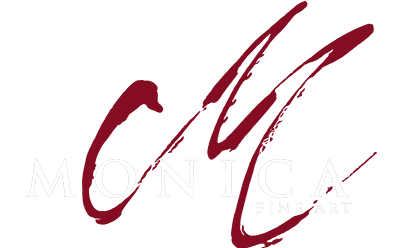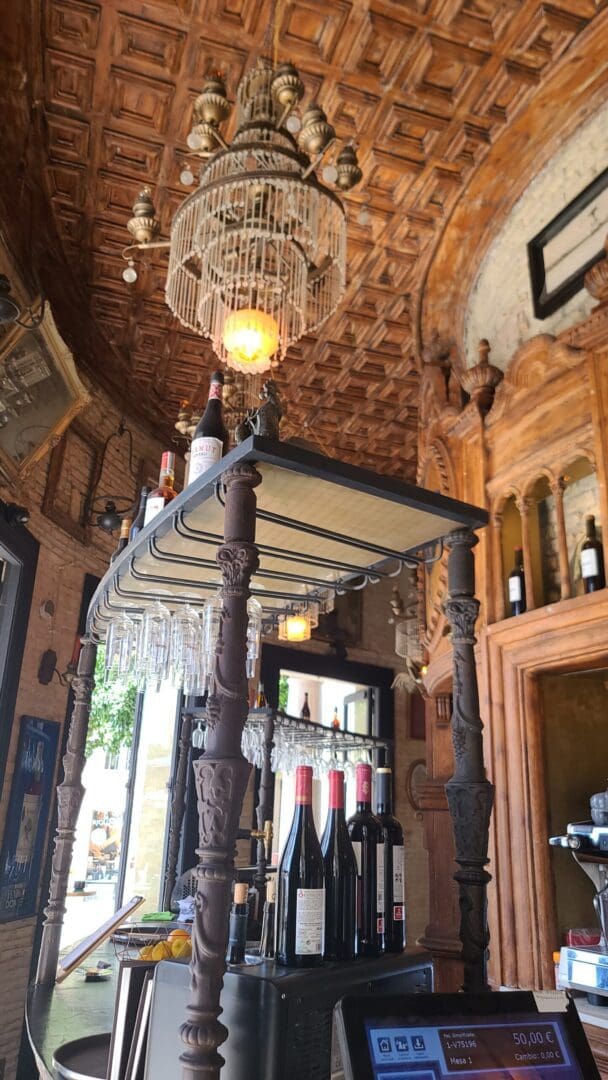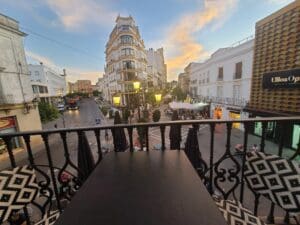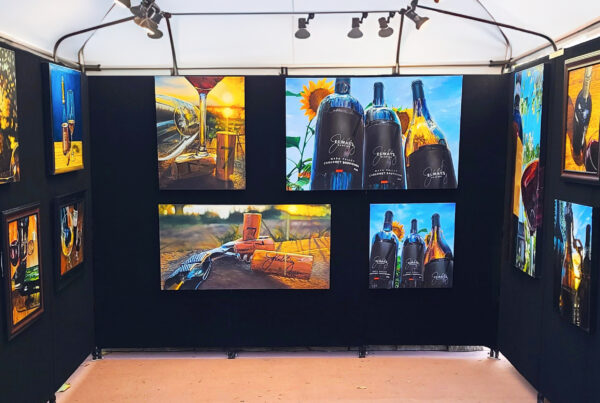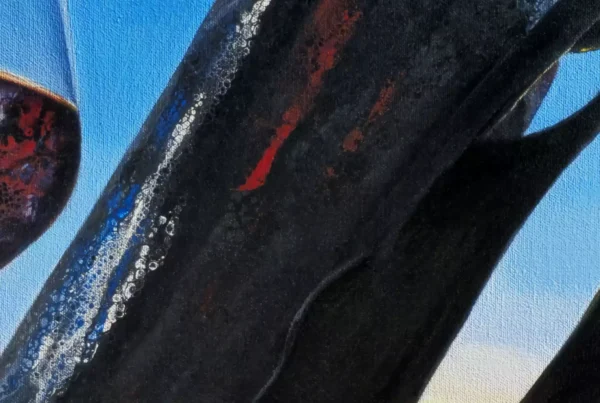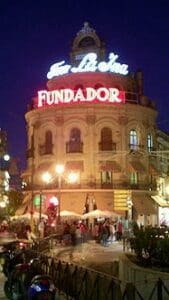
The emblematic El Gallo Azul building stands proud in the heart of Jerez, a testament to the city’s rich history and vibrant culture
Nestled in the heart of my hometown of Jerez De La Frontera’s is the bustling commercial and financial center. Ok, it’s not NY but it’s my birthplace and for me this is an iconic building that has witnessed the ebb and flow of time – El Gallo Azul. This building is more than just bricks and mortar, this historic landmark has been a silent spectator to a tapestry of events, stories, and personalities that have shaped my town.
The Early 1900s and Calle Larga
At the turn of the 20th century, the Calle Larga already echoed tales of the bygone era. Skirting the Jewish quarter, its evolution commenced in the 16th century, and it came to be known as Calle Larga. Despite a brief phase when it wore the title of Duque Almodóvar del Río, its identity remained intact.
A Gift from the Domecqs, 1927-1929
In 1927, the Domecq family, in their magnanimous gesture, gifted this architectural marvel to the Jerez populace. With the imminent Ibero-American Exhibition in 1929, Sevillian architect Anibal González was roped in to sculpt a masterpiece that would define the confluence of Calle Larga and Calle Santa María. And thus, El Gallo Azul was born, swiftly cementing its place as a rendezvous for residents and global travelers alike.
The Iconic Cockerel, 1930
Every landmark needs an icon, and El Gallo Azul found its symbol in a cockerel, meticulously crafted by local artist José Luis Torres Fernández. His artistic imprints, ranging from intricate engravings on mirrors to vintage wine labels, can be discovered across Jerez wineries.
Ticking through Time, 1934
Stroll by El Gallo Azul, and one can’t miss the clock gracing its façade. The Casa Domecq’s influence is unmistakable, embodied in the iron architecture clock with grape bunch motifs, a testament to the region’s vinous legacy.
The White Hen’s Gaze, 1940
As El Gallo Azul preened in its glory, another architectural marvel took shape across the street, thanks to Francisco Hernández-Rubio’s vision. Commissioned by González Byass, this edifice earned the affectionate moniker “la Gallina Blanca” due to its proximity to the Gallo.
Artistic Inhabitants, 1960
The 1950s saw El Gallo Azul house a family of painters, reinforcing the building’s association with art and culture, and ensuring that its walls continued to echo stories of creativity and passion.
A New Dawn, 2018-2022
The turn of the millennium brought with it new guardians for El Gallo Azul. Malaga’s Gonzalo Assiego embarked on a quest to rejuvenate this iconic structure. His meticulous efforts restored its original allure and introduced Parisian inspirations. Now under the aegis of the Assiego family, El Gallo Azul stands poised to embrace new chapters while honoring its storied past.
As we toast to this remarkable journey of El Gallo Azul, let’s savor the gastronomic delights of Jerez, from tantalizing tabancos to exquisite sherry and the famed Jamón Ibérico. Join me as we explore more in my next blog.
Connect with me for more tales and flavors from the heart of Andalucía. MonicaFineArt
#ElGalloAzul #BistroAndaluz #jerezdelafrontera #Jerez #callelarga #gastronomia #Andalucía #foodporn #turismjerez #foodturism #instarestaurant #tabancos #sherry #JamónIbérico.
